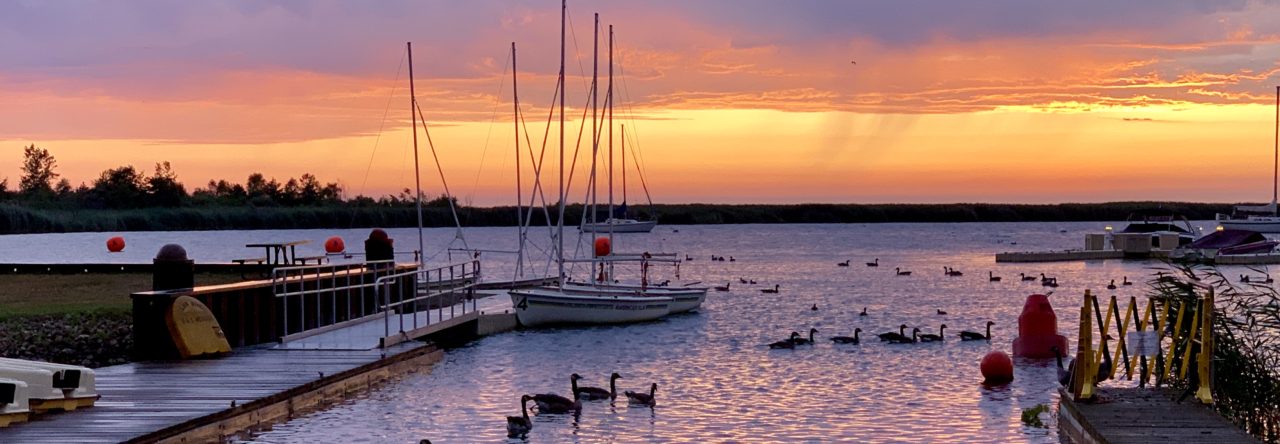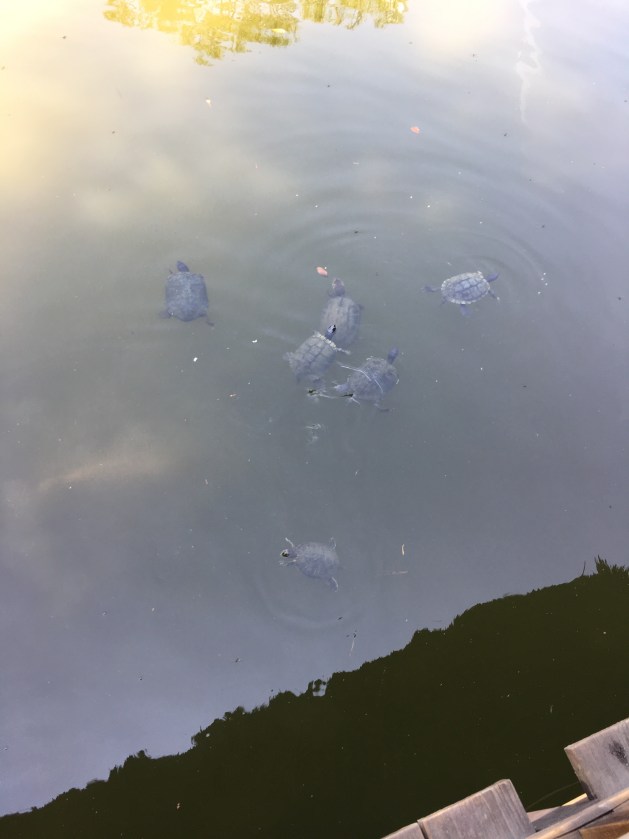About six weeks ago, my friend Sonia told me about the Eki stamp. Eki means train in Japanese. An article she shared with me, discussed how each of the 9,161 trains stations in Japan each have their own unique stamp. The station stamps usually feature a picture of a local attraction. The stamps are free and fun way to document your travels around Japan. The article also pictured a Eki stamp book. Dina and I searched for about a month to find them and when we did, we bought one for us and Sonia. A cute and inexpensive (¥600) book to fill with stamps!

Since finding the books, we have been diligently working on collecting stamps. We collected several on May 17th when we went to visit the Kyu-Furukawa Gardens in Tokyo. The first stamp we found was at the Kami-Nakazato Station in Tokyo. It pictures the house at the Kyu-Furukawa Gardens.
The JR trains have a series of 77 stamps to collect. I took a picture of the sign of the different stamps to help us on our Eki stamping scavenger hunt!

As we traveled home, we stopped at several extra stations just to hunt for stamps. And I must stress – hunt. The stamps are not always easy to find. We have learned they are typically located near the “Central Exit” of the station. This is key because many of the larger stations have multiple exits.
Ueno Station alone had four stamps! And no, they were not all in the same location.
Here is a picture of the map in the station to help you find the other stamps.

We stopped in Tokyo, Kanda, and Shinagawa station. Each of these stamps were relatively easy to find now that we knew to look for the sign around the Central Exit.


Perhaps the most tricky was Yokohama Station. We walked around for several minutes before asking at the ticket center. We were directed to the train office. It was down a side hallway and around the corner. But, we found it!

The extra fun part about the stamps is that they are not just limited to trains stations. They are also available at many parks – Jogashima Island Park.

Dave and I were able to collect several during our trip last weekend to Hiroshima. The Shinkansen, Hiroshima Castle, and Hiroshima Peace Memorial Park.


We found them of course at the JR Station in Hiroshima.

And even at the Shukkei-en Garden, Tsuruhane Shrine, and Toshugu Shrine in Hiroshima.


This past week, Dina and I went over to Hase Station in Kamakura and discovered another series for the Endoshima Line.
I am planning on buying several the next time I find them at a store. I want you to have one when you visit. I think it will be a fun way for you to document where you/we went around Japan. Especially, if you are coming with a kid or two in tow.

















































































































































